Neue Machina Plain
A powerful and meticulously crafted typeface boasting monospace/geometric type features as well as apparent and deep ink traps in its heavier weights
Free to try
Licenses start at $40
Neue Machina Plain style list
18 Styles
01234567
{(!@#$?&)}
01234567
{(!@#$?&)}
- Thin 100
- Ultralight 200
- Light 300
- Regular 375
- Medium 450
- Semibold 600
- Bold 700
- Ultrabold 800
- Black 900
- Thin Italic 100
- Ultralight Italic 200
- Light Italic 300
- Regular Italic 375
- Medium Italic 450
- Semibold Italic 600
- Bold Italic 700
- Ultrabold Italic 800
- Black Italic 900
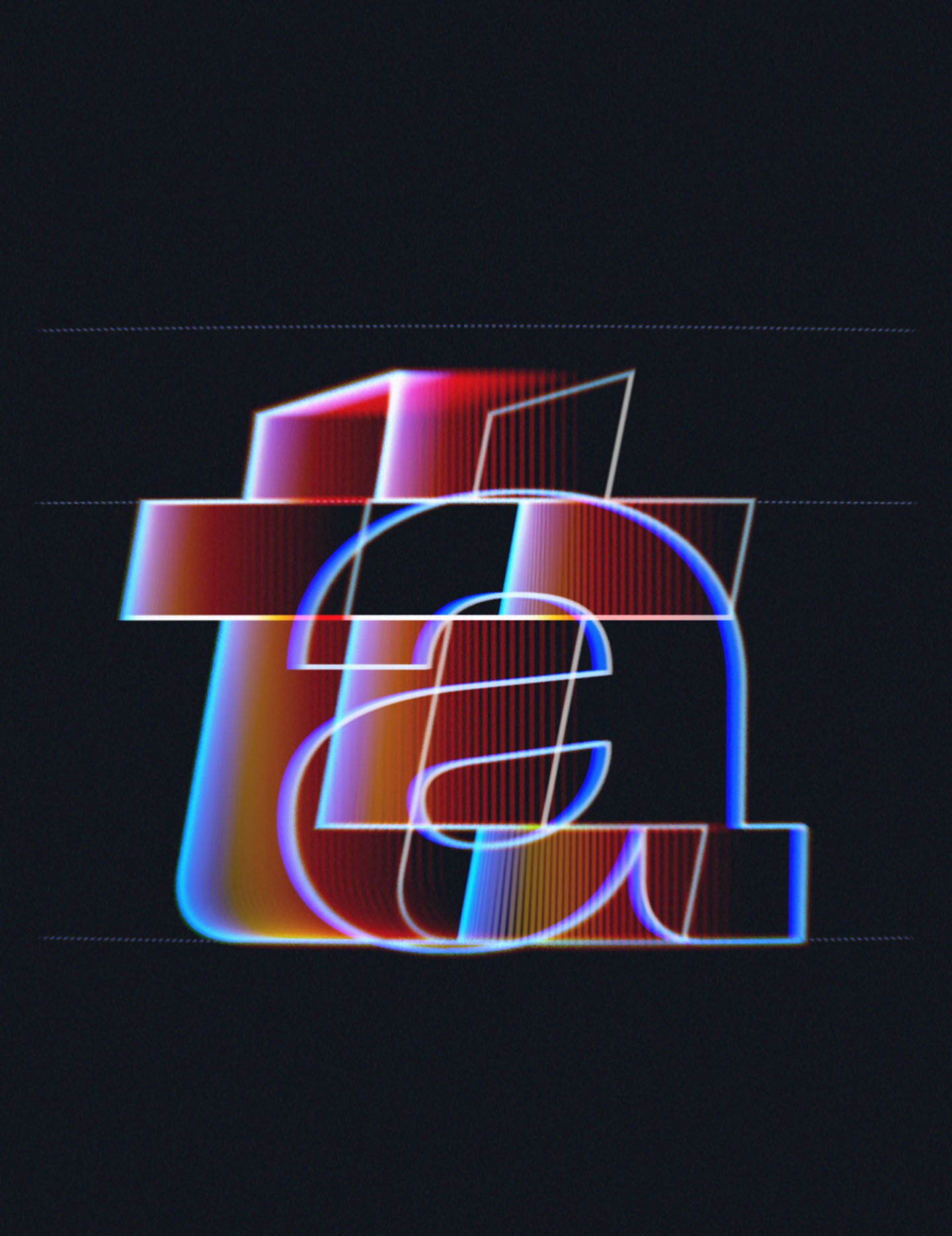
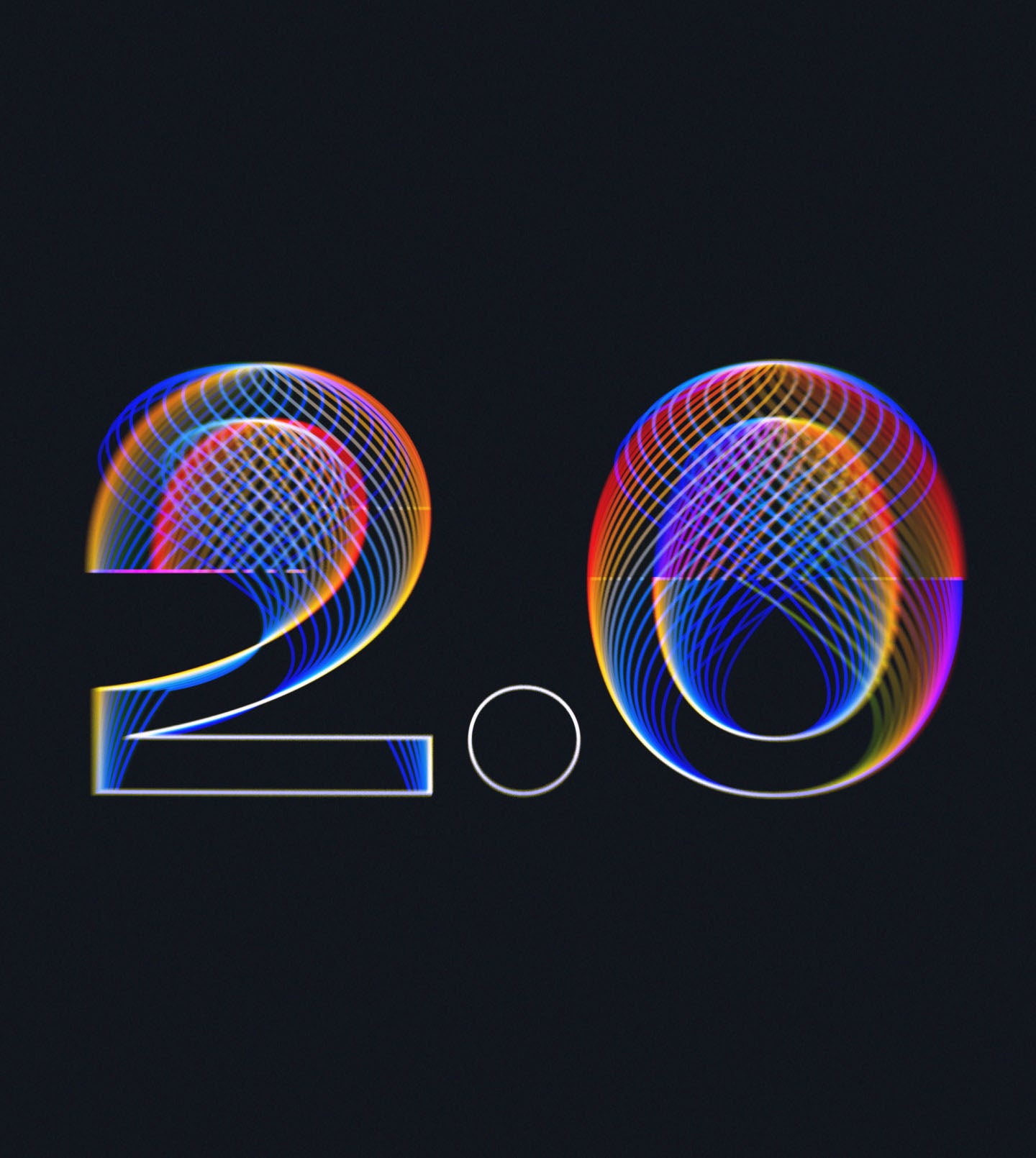
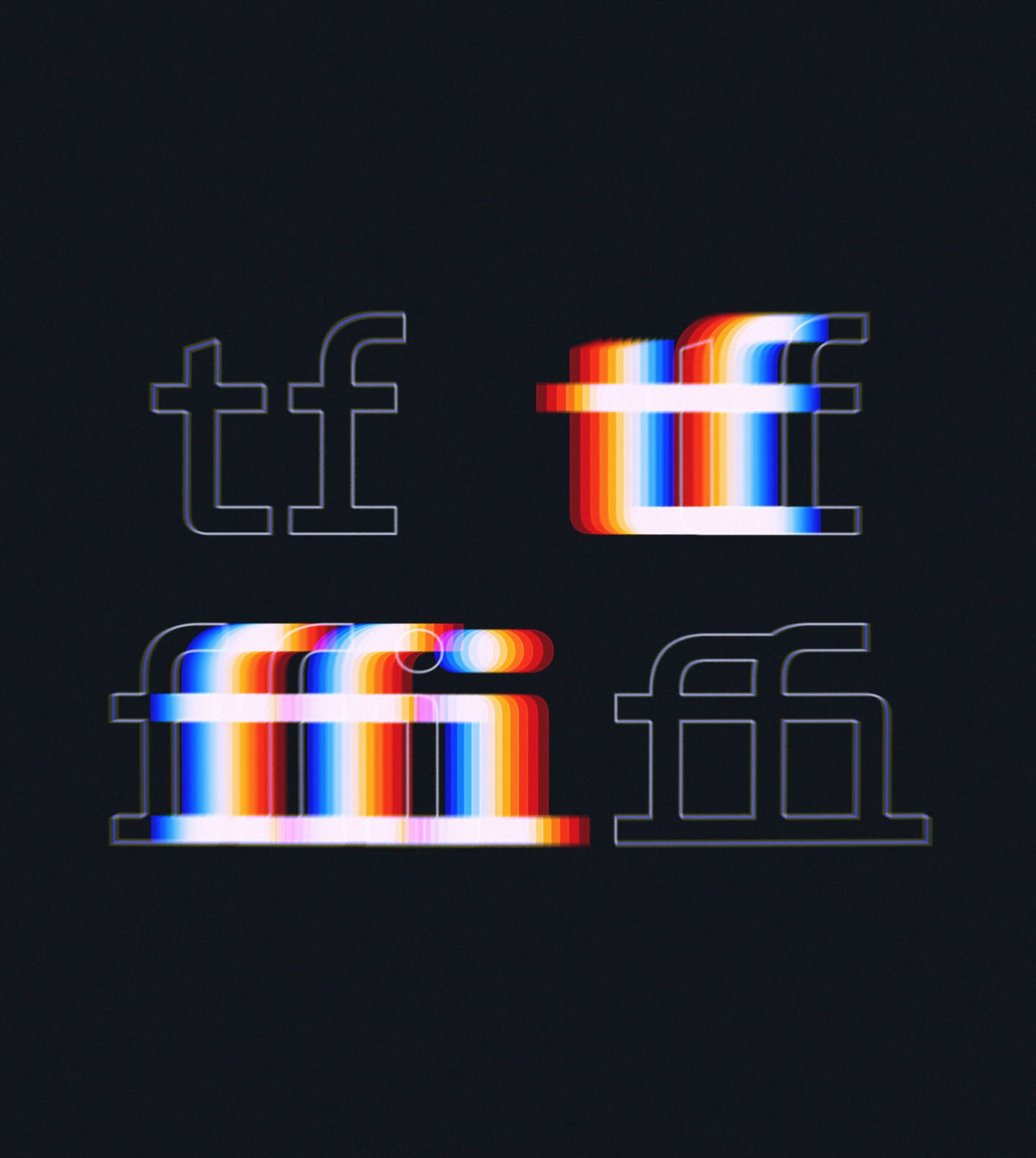

Neue Machina
Plain Family
Glyphs set overview
Glyphs set overview
Glyphs View
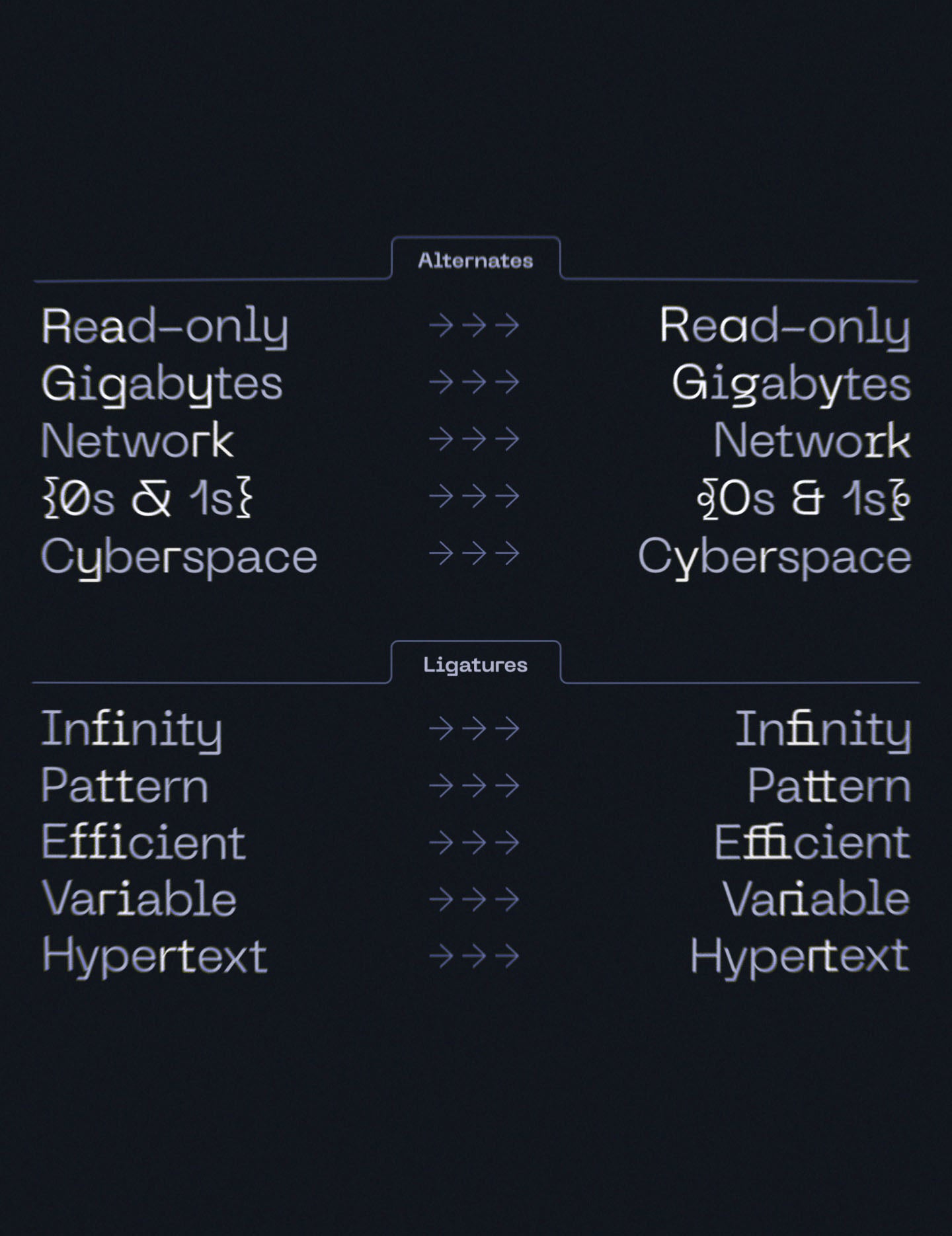
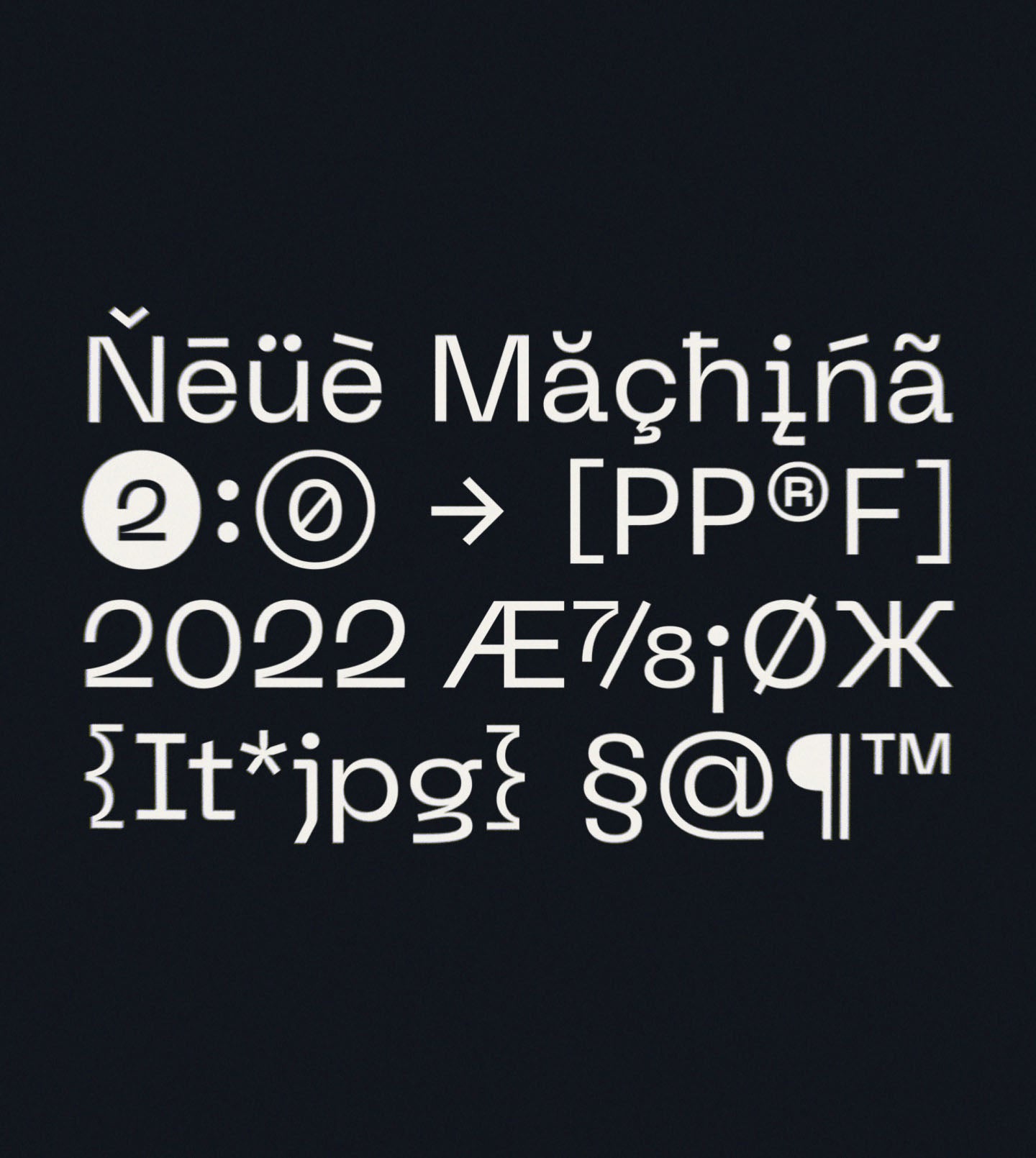
Neue Machina Plain's Features
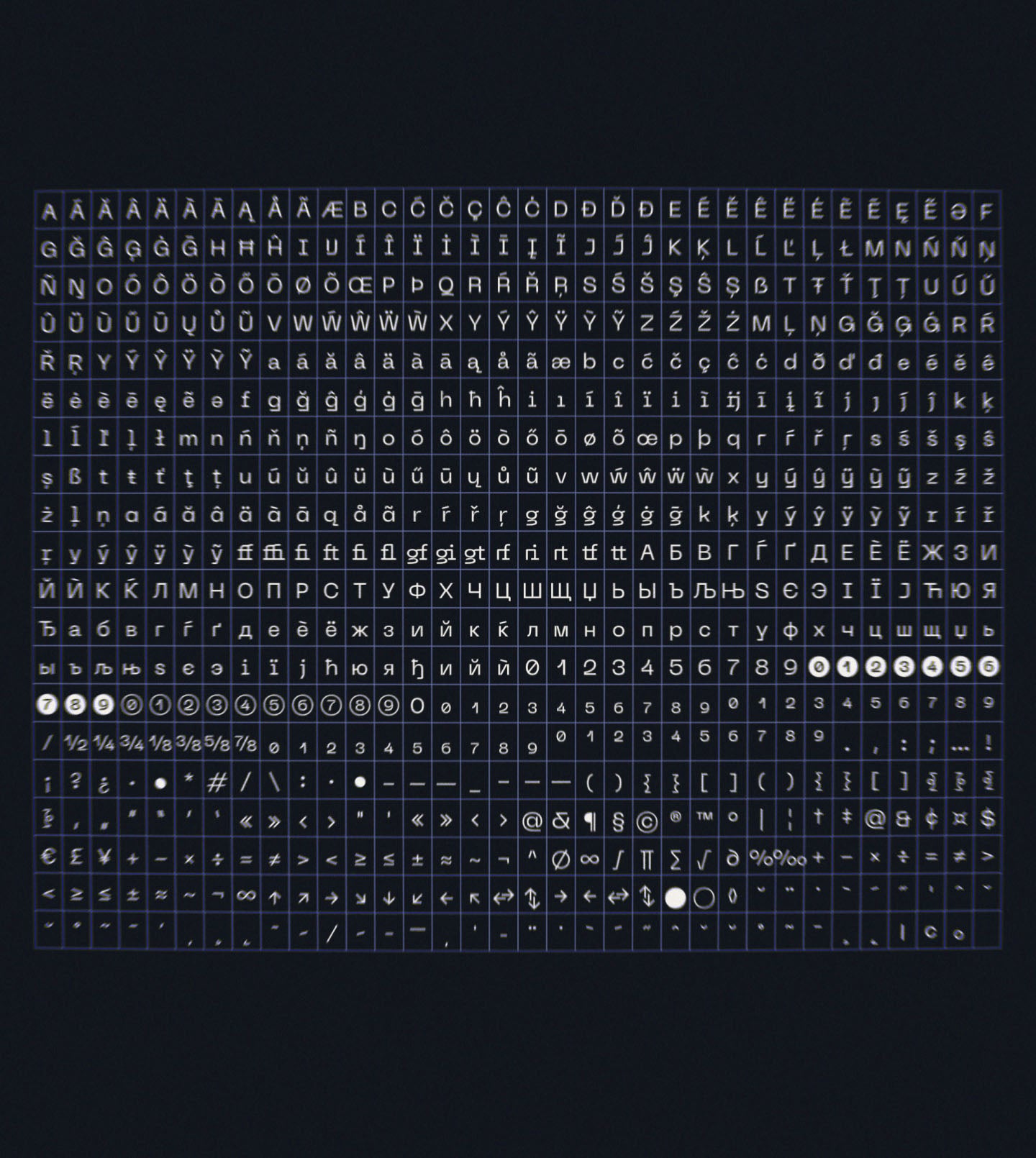
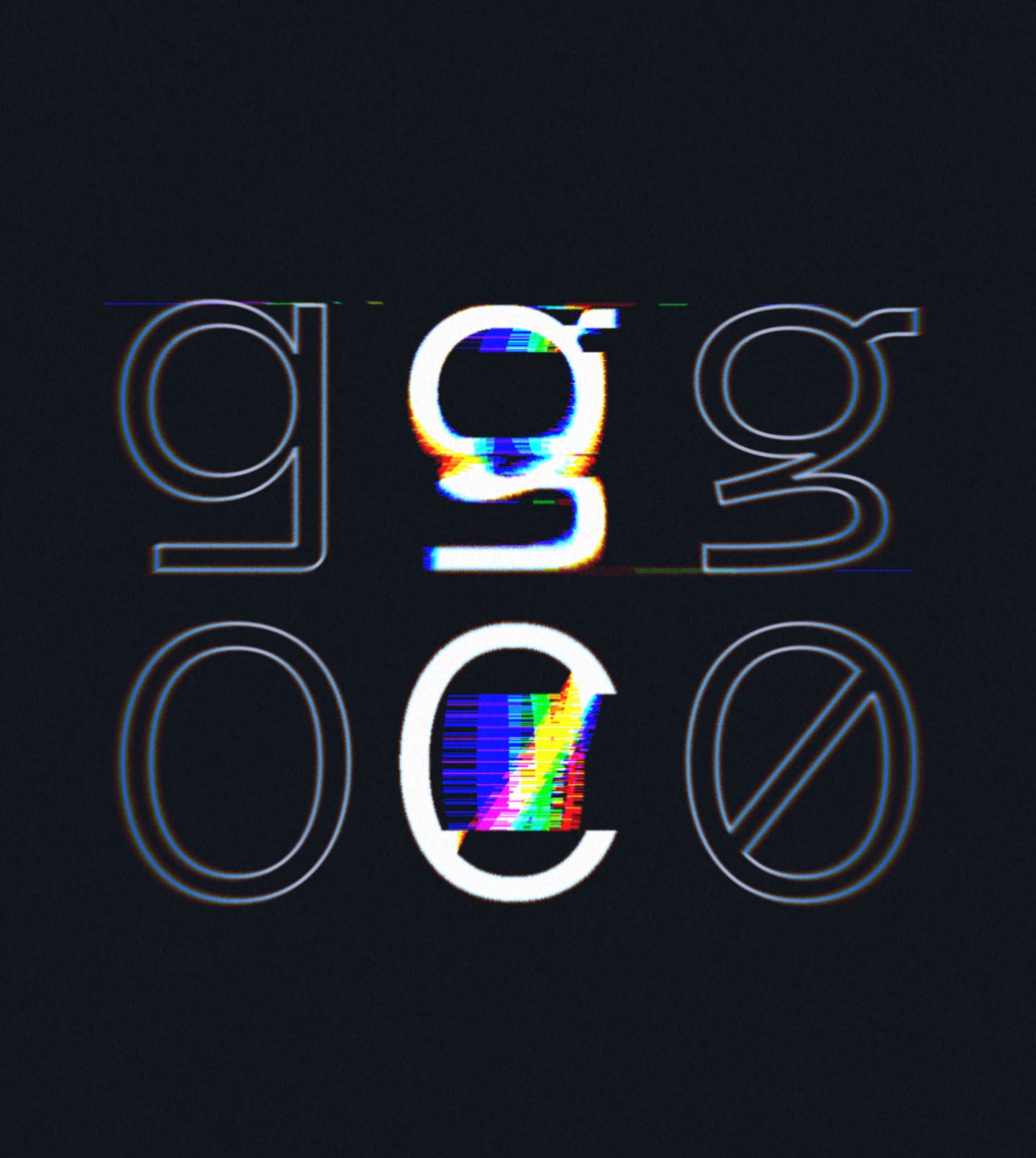
A love letter to the digital age.
It comes in a Inktrap cut as well as a Plain cut for your more subtle designs. Each cut comes with their corresponding italics and everything is variable for maximum versatility!
Designers
Collaborators
Categories
- Cyrillic
- Grotesk
- Italics
- Sans Serif
- Variable
Styles
- 18 Styles
18 Styles with 737 Glyphs each
Including Italics & Cyrillic Support
Version
2.00
Latest update: May 2022
Available formats
OTF, TTF, WOFF, WOFF2
Language Support
Afrikaans, Basque, Breton, Catalan, Croatian, Czech, Danish, Dutch, English, Estonian, Finnish, French, Gaelic, German, Hungarian, Icelandic, Indonesian, Irish, Italian, Latvian, Lituanian, Norwegian, Polish, Portuguese, Romanian, Russian, Saami, Serbian, Slovak, Slovenian, Spanish, Swahili, Swedish, Turkish ... (and more)
Commercial Licenses
Not sure what to get? Or can’t find the right coverage?
Please contact us for our tailored corporate licenses!
Need more information about our licenses?
Our FAQ usually contains most of the answers.
Explore the Neue Machina sub-families by clicking on the cards below.
2 Sub-Families





